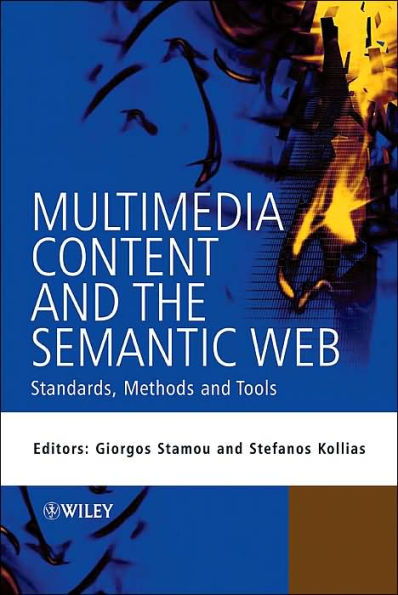Home
Oligopoly Dynamics: Models and Tools / Edition 1
Loading Inventory...
Barnes and Noble
Oligopoly Dynamics: Models and Tools / Edition 1
Current price: $109.99


Barnes and Noble
Oligopoly Dynamics: Models and Tools / Edition 1
Current price: $109.99
Loading Inventory...
Size: OS
*Product Information may vary - to confirm product availability, pricing, and additional information please contact Barnes and Noble
This book has its focus on the
dynamics
of oligopoly games. Several contributions show how easily the unique Nash equilibria in some most traditional oligopoly models may lose stability, giving way to complex phenomena, such as periodic/chaotic processes, and to multi stability of coexistent attractors. The bifurcations producing these phenomena are studied by means of recently accumulated
global
methods, based on the use of
critical curves
. These tools are explained in a separate methodological chapter. The book also contains some historical background of the present theory. In this way the book becomes suitable also as an advanced text for industrial organisation courses. The various models presented in the book focus both classical Cournot types, and Hotelling's "ice cream vendor" problems, including location choice. The author list comprises some of the most prolific contributors to current dynamic oligopoly modelling.
dynamics
of oligopoly games. Several contributions show how easily the unique Nash equilibria in some most traditional oligopoly models may lose stability, giving way to complex phenomena, such as periodic/chaotic processes, and to multi stability of coexistent attractors. The bifurcations producing these phenomena are studied by means of recently accumulated
global
methods, based on the use of
critical curves
. These tools are explained in a separate methodological chapter. The book also contains some historical background of the present theory. In this way the book becomes suitable also as an advanced text for industrial organisation courses. The various models presented in the book focus both classical Cournot types, and Hotelling's "ice cream vendor" problems, including location choice. The author list comprises some of the most prolific contributors to current dynamic oligopoly modelling.

















